Things Change
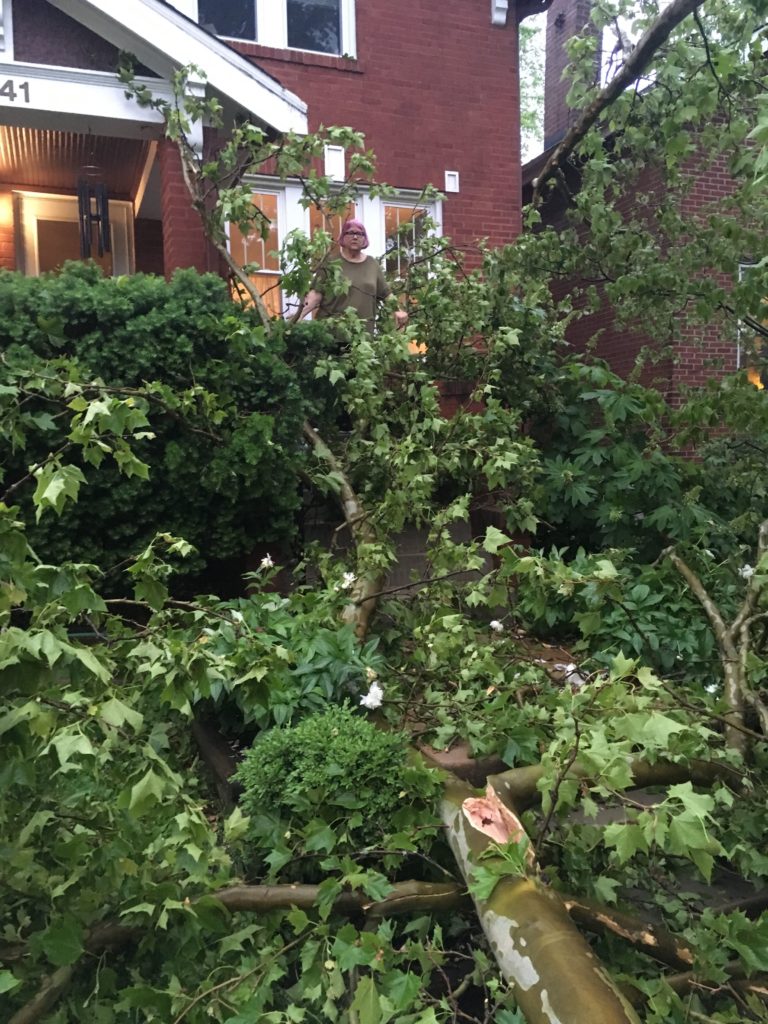
Just as I was getting ready to write my blog post yesterday, the tornado sirens started going off and the sky got really dark, so I went to the basement till it brightened up again, but then when I went upstairs, I discovered that the top half of one of the hundred-year-old Sycamore trees in front of my house had broken off and landed on the steps going up to my house (see photo)…
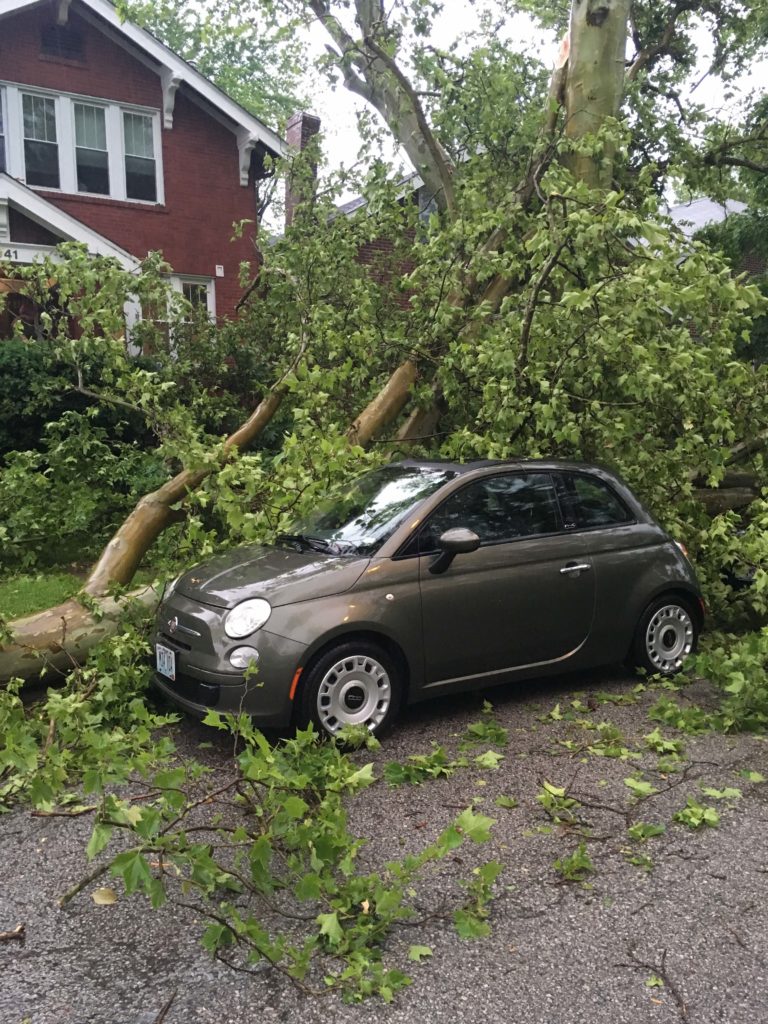
…and on the street in front of my house (see next photo)….

….and on my sweet little car that was parked in front of my house (see third photo).
So. No blog post last night.
And I’m thinking I probably won’t be writing blog posts for the next few day, as it seems I’m going to have to deal with a whole bunch of stuff I hadn’t really planned to be dealing with.
Such is the nature of this ever-changing life.
Widening. Offering. Opening.

Almost 30 new talks from Ajahn Sucitto’s month-long retreat at the Forest Refuge have already been posted on dharmaseed! (And the retreat is still going on.) Normally I start listening to these talks as soon as they’re posted — in the order they’re recorded, as if I were right there on the retreat — but since I still haven’t quite finished re-listening to the talks from the retreat I was just on, I’ve been holding off.
With a few exceptions.
For example, the ones with great titles such as: The Wisdom of Walking and of Sheepdogs.
Also this lovely little 12-minute talk: Puja — A Daily Going Forth. (“Puja” refers to ritual, devotional practices such as chanting, lighting candles, bowing, etc.) Here’s an excerpt:
“Puja is a touching-in point for the day. It’s not necessarily the first thing we do, but it’s the point where we establish a conscious intention to enter Dhamma. We are touching this place in us that wishes to dedicate. This is a very important place (or movement or occasion) in citta — in awareness, in this consciousness stream — where although we can be doing and meeting and losing and winning and so forth (very much dealing with our personal lives and in them), at this point we’re making an occasion where we highlight, underline, illuminate: the quality of dedicating ourselves.
“Or even dedicating on behalf of someone else! Which is really a helpful thing because sometimes we just can’t be bothered. We can get to that place where we’re fed up with ourself. Then we can just: Oh, well, for my mother, my father, my relatives, for the welfare of others… in recognition, in gratitude of those who’ve come before me, who’ve made this body/mind possible, made this Dhamma possible, made this occasion possible… for that I can say: Thank you.
“This is the place in us which is opening. The citta can very much be embroiled with its own kamma and preceptions…. things that happened with no conscious choice (we’re just IN them) and getting embroiled with dealing with that or speculating about it or struggling with it…
“Puja is where we can step out of that process altogether for the moment. Just to dedicate. Somatically, the experience is one of widening, rising, opening. Widening the heart. Bringing something forth. That’s the gesture. The bring-forth is the gesture of widening and opening. And there is a certain relief of the pressure of self in just doing that. Relief from the pressure of becoming, identifying, planning, and so forth. Relief from the tangle and pressure of that. By dedicating, opening, offering. This is the daily going forth….
“This opening quality is called: Buddha (Waking Up)…. We are activating buddha potential, abhicitta (the higher mind), bodhicitta (the awakening heart). The Buddha is someone who has perfected that. So we emulate that…
“The consequence of this is that you open to awareness. You unfold the citta from its formulating and fabricating. You unfold it. And it reveals: Awareness.”
Bring to Light the Mind Jewel

I’m really getting into the Flower Ornament Sutra — which I’ve decided requires reading out loud. I love the sound of all the types of beings — and their amazing names(!) — which the text describes as attending on the Buddha at the moment of his awakening. Here’s a sample:
“There were great enlightening beings numerous as the atoms in the ten buddha-worlds surrounding him. Their names were: Universally Good, Light of the Supreme Lamp of Universal Virtue, Lion Banner of Universal Light, Subtle Light of Flames of Universal Jewels, Banner of Oceans of Qualities of Universal Sounds, Realms of Enlightenment of Radiance of Universal Knowledge, Banner of Flower of a Topknot of Universal Jewels, Pleasing Voice of Universal Awareness, Light of Inexhaustible Virtue of Universal Purity, Mark of Universal Light, Great Brilliance of the Light of the Moon Reflected in the Ocean, Undefiled Treasury of Light of Oceans of Cloudlike Sounds, Born of Wisdom and Adorned with Virtue, Great Light of Sovereign Virtue, Brave Lotus Topknot, Sun Banner of Clouds of Universal Knowledge, Greatly Persevering with Indestructible Courage, Light Banner of Fragrant Flames, Deep Beautiful Sound of Great Enlightened Virtue, Born of Wisdom with the Light of Great Virtue. These and others were the leaders–there were as many as there are atoms in the ten buddha-worlds.”
It goes on from there to list the names of thunderbolt-bearing spirits (Pure Sound of Clouds, being one of my favorites), footstep-following spirits (Joyfully Uttering Sublime Sounds), sanctuary spirits (Wonderful Eyes Raining Flowers), city spirits (Flame Banner Clearly Showing), earth spirits (Fragrant Hair Emitting Light), mountain spirits (Awesome Light Conquering All), forest spirits (Bearing Branches Emitting Radiance), herb spirits (Energy-Augmenting Clear Eyes), crop spirits (Gentle Superb Flavor), river spirits (Roaring Everywhere), ocean spirits (Beautiful Flower Dragon Topknot), water spirits (Freedom of Contentment), fire spirits (Light Destroying the Darkness), wind spirits (Everywhere Manifesting Courageous Action), space spirits (Traveling Everywhere Deeply and Extensively), direction spirits (Forever Ending Confusion), night spirits (Observing the World with Joyful Eyes), day spirits (Exquisite Light of Fragrant Flowers), and more!!!
I can see the full moon from my window right now, so I’m feeling particularly drawn to the names on this list:
“There were also innumerable moon deities, led by such as Moon Godling, Flower King Topknot Halo, Myriad Sublime Pure Lights, Pacifying the Hearts of the World, Luminosity of Tree King Eyes, Manifesting Pure Light, Immutable Light Traveling Everywhere, Sovereign Monarch of Constellations, Moon of Pure Awareness, Great Majestic Light.”
They were present because of their service to the Buddha: “All strived to bring to light the mind-jewel of living beings.” Which I am feeling very grateful for tonight.
Is There Something That’s Stopping You?

Another reflection from one of the sessions Phillip led at the Nature of Awareness retreat:
“Awareness bathes each of us in unconditional acceptance. It doesn’t move toward or away from any aspect of our personality. It is unconditionally accepting of whatever arises from this endless potential that a human mind is capable of creating.
“Awareness knows and accepts. It does not judge.
“Rest in awareness and let the multiplicity be known, and accepted. What somehow can not be accepted, hold with tenderness.
“Is there something that you believe about yourself that’s stopping you in your movement toward freedom? Something that’s blocking you? Freezing you?
“If there is, in this very moment, can you hold it in compassion? Can you let yourself rest in the knowing of this?”
Raining Inexhaustible Quantities
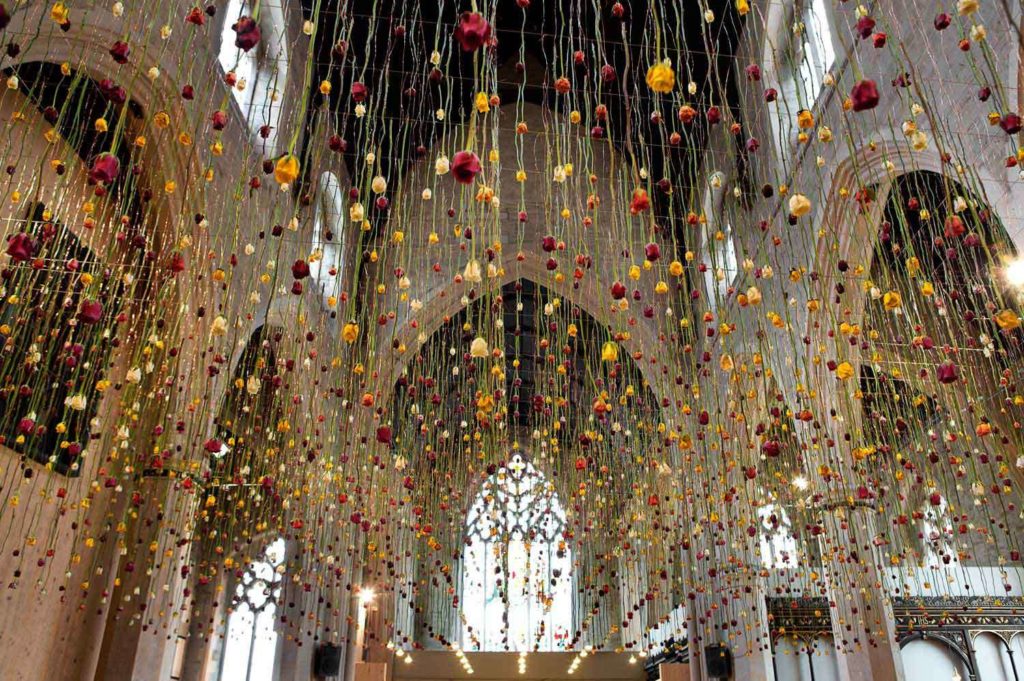
At the beginning the Dedicated Practitioner Program (DPP) in November of 2012, I started a practice of reading one sutta from the Pali canon each day. I began with the Majjhima Nikaya (Middle Length Discourses of the Buddha), then went on to the Samyutta Nikaya (Connected Discourses), then to the Anguttara Nikaya (Numerical Discourses), then finally to the Digha Nikaya (Long Discourses). This practice took me way past the end of the DPP program, and even way past the whole of the Community Dharma Leader (CDL) program — six years in all. (I finished in December of 2018. There are a LOT of suttas!)
After that, I took a break.
But now that the Advanced Practitioner Program (APP) has begun, once again I feel the desire to take something like that on.
During one of his talks at the first APP retreat on the Nature of Awareness (which is the retreat I just attended), Guy Armstrong mentioned the Avatamsaka Sutra (Flower Ornament Scripture), which he said is the foundational text for later schools of Buddhism (Hua-yen, Chan, Dzogen, and Mahamudra) and which has greatly influenced many others’ way of thinking about the nature of awareness and of consciousness.
When he said that, I immediately recalled listening to Jack Kornfield read from that very text at one of the early DPP retreats and being totally blown away it — by the imagery and the scope and the sheer wow-ness of it.
So I’ve decided that THAT’s what I’m going to read next. This is no small undertaking. The book is actually a series of 39 books, with introduction and summary, plus an amplification of and commentary on Book 39. And: It’s 1,643 pages long. (So this may take me another six years!)
But I’m up for it.
Because…well, here’s how it starts:
“Thus have I heard. At one time the Buddha was in the land of Magadha, in a state of purity, at the site of enlightenment, having just realized true awareness. The ground was solid and firm, made of diamond, adorned with exquisite jewel discs and myriad precious flowers, with pure clear crystals. The ocean of characteristics of the various colors appeared over an infinite extent.
“There were banners of precious stones, constantly emitting shining light and producing beautiful sounds. Nets of myriad gems and garlands of exquisitely scented flowers hung all around. The finest jewels appeared spontaneously, raining inexhaustible quantities of gems and beautiful flowers all over the earth. There were rows of jewel trees, their branches and foliage lustrous and luxuriant. By the Buddha’s spiritual power, he caused all the adornments of this enlightenment site to be reflected therein.
“The tree of enlightenment was tall and outstanding. Its trunk was diamond, its main boughs were lapis lazuli, its branches and twigs were of various precious elements. The leaves, spreading in all directions, provided shade, like clouds. The precious blossoms were of various colors, the branching twigs spread out their shadows.
“Also the fruits were jewels containing blazing radiance. They were together with the flowers in great arrays. The entire circumference of the tree emanated light; within the light there rained precious stones, and within each gem were enlightening beings, in great hosts like clouds, simultaneously appearing.
“Also, by virtue of the awesome spiritual power of the Buddha, the tree of enlightenment constantly gave forth sublime sounds speaking various truths without end.”
***
Let me just say: the Pali canon reads nothing like that! Stay tuned.
The Mind Can Rest
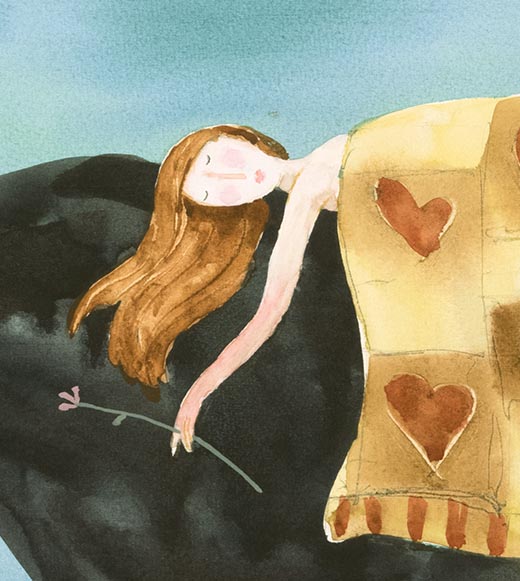
I can’t give you a link to the recorded talks from the Nature of Awareness retreat I just went to, because those talks are only available to people who attended the retreat. But I can report on my own experience, and my experience is this:
I find myself returning again and again to the following words, which struck me as deeply significant when Phillip offered them during his guided meditation on the Earth and Wind Elements:
“In the stillness, the mind can find ground. Can rest. But also in movement. Attention can rest in knowing movement. Attention can rest in regard to a moving object — whether it’s the wind element, or thoughts, or desire or aversion or joy… Attention can rest. This knowing capacity is not dependent on whether the object that is being know is still or moving.
“This stillness, that allows the resting, is awareness.”
Only the Cause and End of Movement

Desire itself is movement
Not in itself desirable;
Love is itself unmoving,
Only the cause and end of movement…
— from Burnt Norton, Four Quartets
by T.S. Eliot
Summer Session: 5-Week Study & Practice Class

I will be on retreat during the month of June, but beginning July 16, I plan to offer a 5-week Study & Practice class on How to Work with the Five Hindrances. (Hint: Practice with them!)
This will be an intermediate-level class, suitable for practitioners who want to understand how to deal with these five common challenges to meditation practice:
- Desire (wanting to get something)
- Aversion (wanting to get rid of something)
- Restlessness and Worry (nervous energy)
- Sloth and Torpor (sleepiness, dullness, lack of energy)
- Doubt (lack of confidence)
This is the second course in the new Study & Practice class series I plan to offer periodically throughout the year. Each course is designed to stand alone, so no need to have taken the first series (an overview of the Satipatthana Sutta) to benefit from the second. Of course, it would be ideal for those those who took the first course to follow up with the second, but it’s definitely not necessary to have taken one before the other.
***
When: Tuesday evenings, 7:00 pm to 8:30 pm, July 16 to August 13
Where: First Unitarian Church of St. Louis, 5007 Waterman
What: Each session will include a 30-minute sit, instructions, and Q&A.
Cost: The teachings are offered on a dana (donation) basis, but there is a $20 fee to register (which pays for room rental and fees to maintain this website).
Interested? For more information, or to register, please contact me BEFORE MAY 31 OR AFTER JULY 3. E-mail me here.
***

My teaching credentials: I have completed four years of training through Spirit Rock, where I am certified as a Community Dharma Leader. I’ve practiced in the Western Insight tradition for more than 20 years with a variety of teachers including Jack Kornfield, Joseph Goldstein, Sharon Salzberg, and many more. I’ve spent more than 450 days on silent retreat including several 1- and 2-month intensive retreats in the U.S., South Africa, and Burma (Myanmar). My mentoring teacher is Phillip Moffitt.
We’re Practicing, Not Resulting

More notes from the retreat on Phillip Moffitt’s instructions for Living an Intentional Life:
“We are living intentionally. We are learning to live intentionally. Each moment is a moment of practice. It is NOT a moment of resulting. So often we get confused and we get oriented to results, and that I call: resulting.
“Practicing is: This is another moment to practice. If we practice with clear intention — using the skills we have — results follow as best they are able, given the conditions.
“This is easily provable. And yet we often don’t have that kind of faith, or just that kind of remembering: “I’m practicing, I’m not resulting. All parts of me are welcome, so I can just let go. I can just be here.
“I know how to respond. If I react instead of responding, I know how to respond to my reacting. And if I react to my reacting, then I still know how to respond!
“It take such a small amount of faith, of confidence — but it is critical. And we come to that confidence, that faith, by remembering: This is what we’re about.
“The path is reliable. We just have to practice.”
Mirabai…and ME!
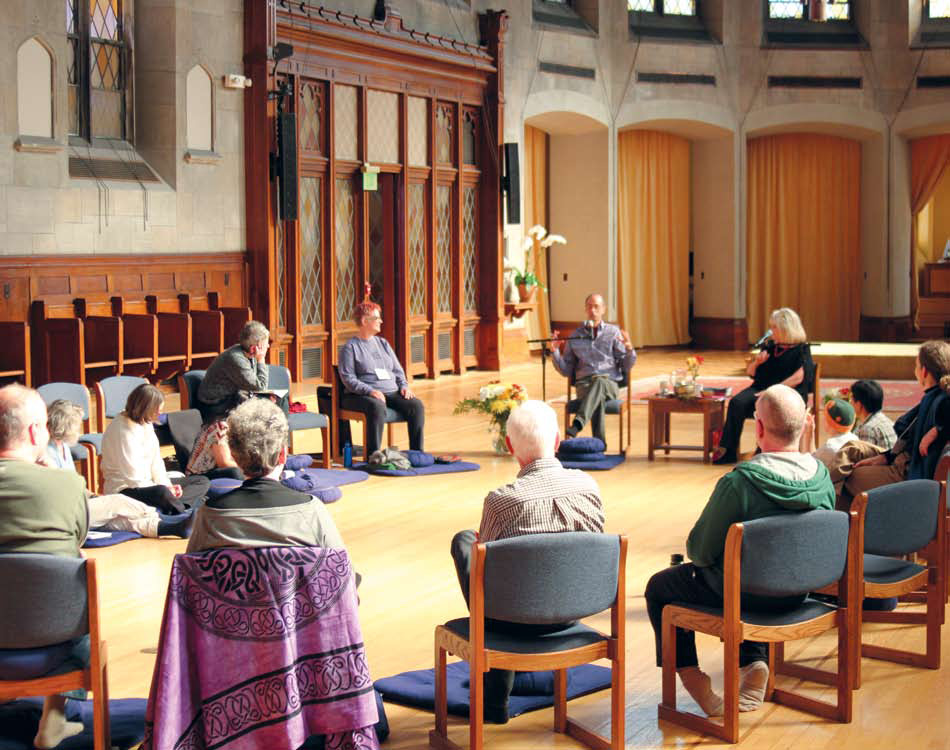
In the midst of making travel plans to attend the June month-long retreat at the Forest Refuge (in Barre, MA), I took a quick look at Mirabai Bush’s new website, since I’ll be staying a few days with her after the retreat is over — Mirabai is my “Dharma Godmother” — and while I was scrolling down to look at her calendar, I came across this picture. (above) That’s Mirabai, on the right, with blond hair, dressed in black, holding a microphone and looking across the room, directly at…ME!!!!
Yes, that’s me!!!, in the purple long-sleeve t-shirt, with cropped reddish-orange hair, and funky black-and-white-checked glasses. I’m not sure, but I think this was taken in about 2010. It was at a conference on Contemplative Practices in Academia at the Garrison Institute (in upstate New York), which I had more or less “crashed” (I am not in academia), because it was the only way I knew, back then, to get to be in the room with her. You can see how riveted I was.
At lot has changed since then (not the least of which is my hair!) but I would still go to extraordinary lengths to be in any room that Mirabai is in.
I love you, Mirabai. I’ll see you soon.
